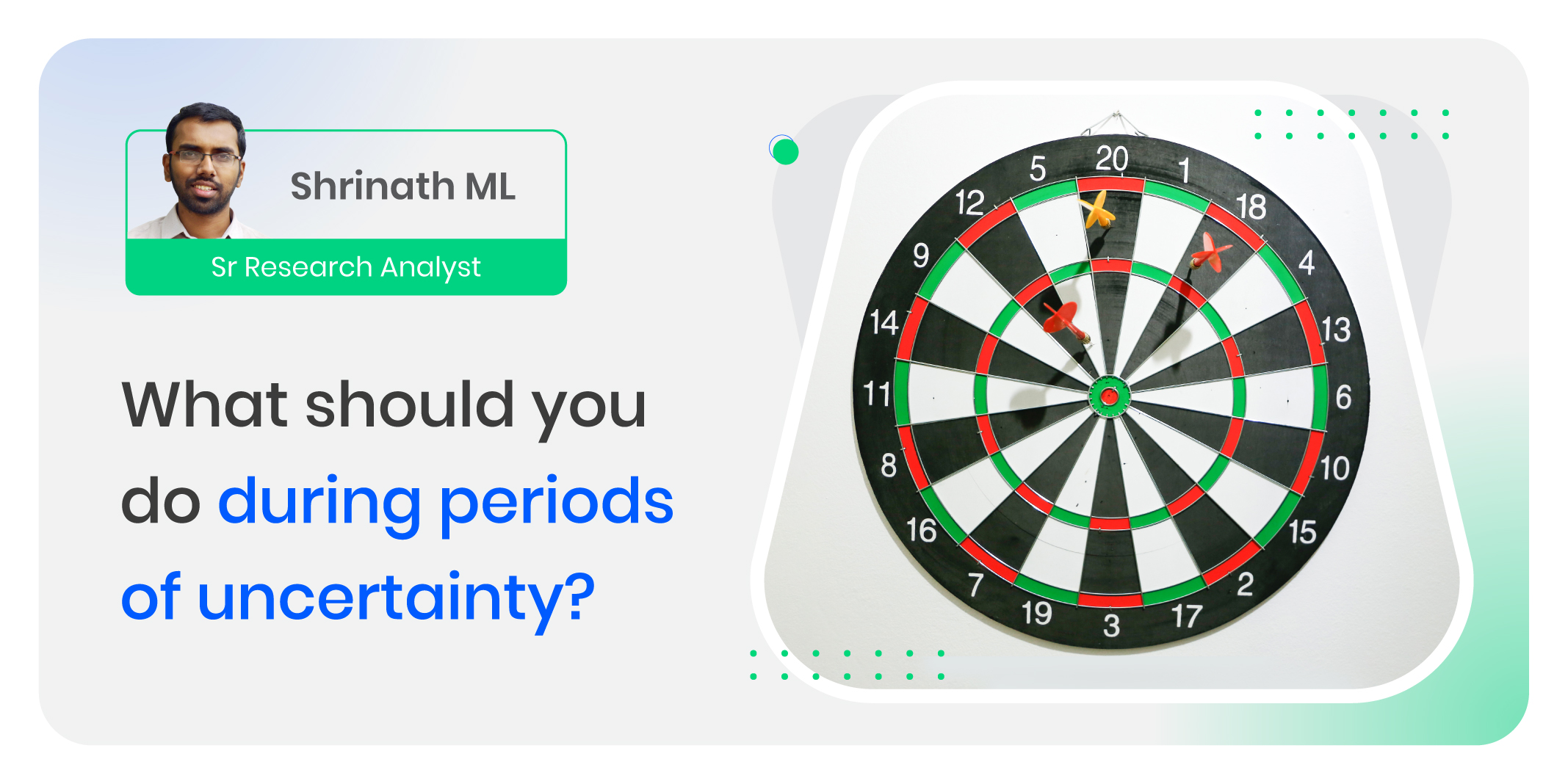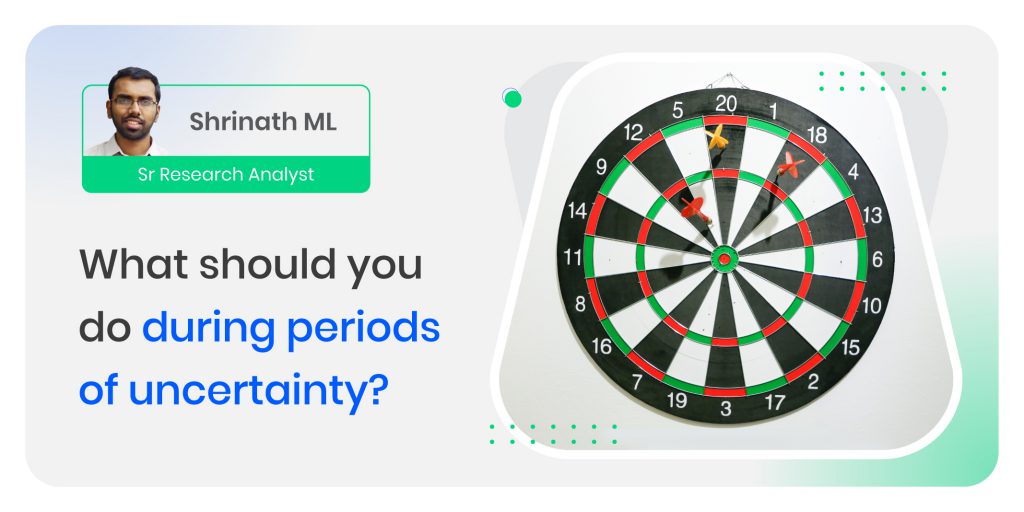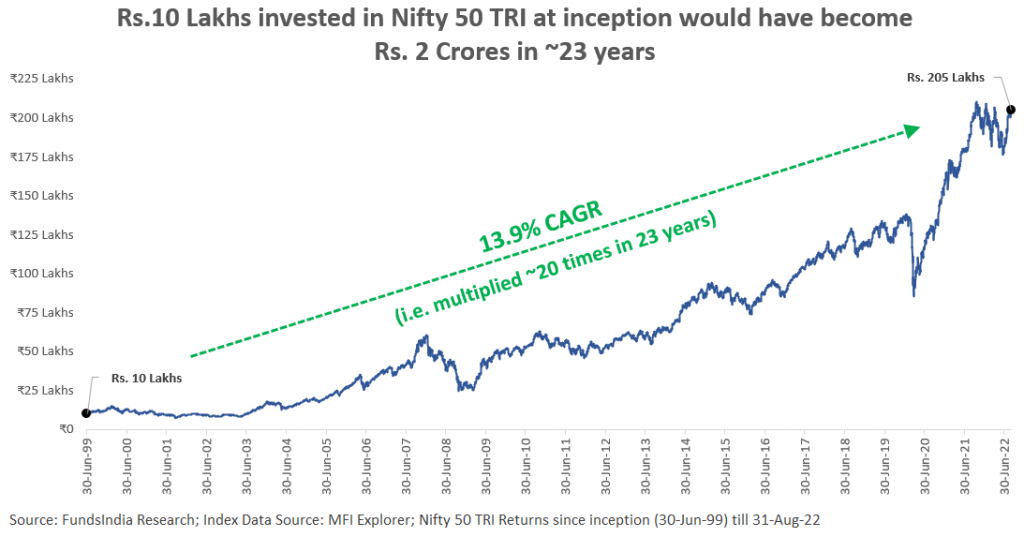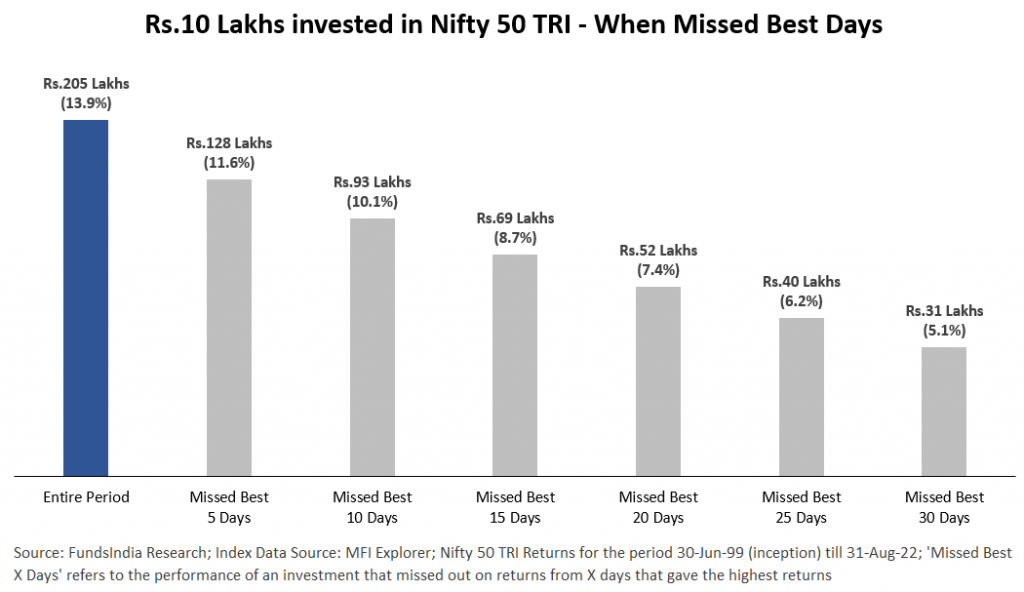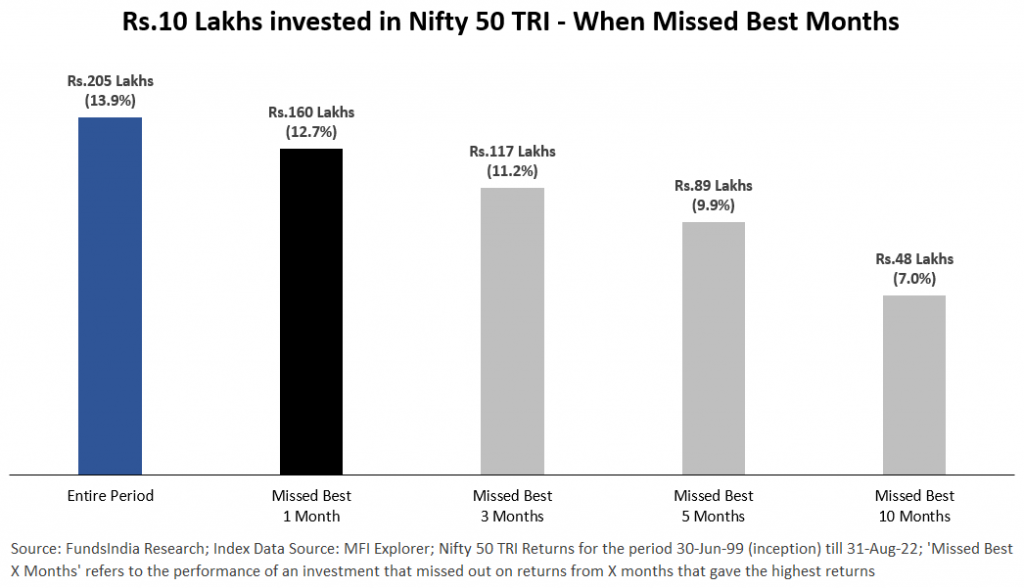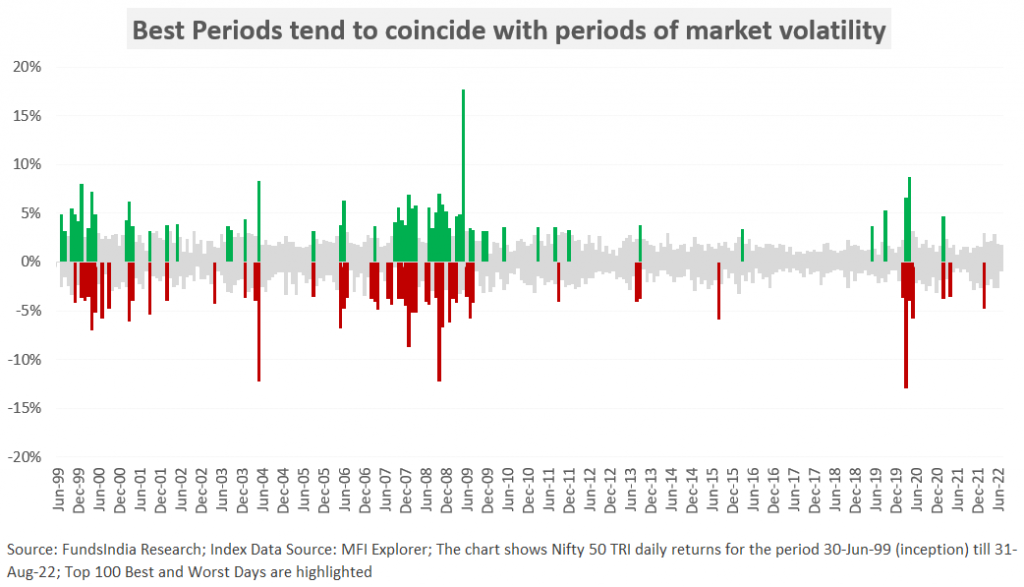- Have you seen people who keep pressing the elevator button despite the light indicating that it is already pressed?
- Have you noticed people honking their horns repeatedly when the traffic signal is still red?
- Have you come across people who keep tapping their phone screens when they take a long time to respond?
We have all seen them. We’re probably one of them.
Time and again, we tend to do things despite knowing that they might not make a difference to our situation.
This impulse is referred to as Action Bias.
Behavioural researchers attribute this bias for action to the fight or flight instinct which was key to the survival of our species across generations.
Taking things into our control makes us feel good about ourselves. When we take action, we feel progress. On the other hand, doing nothing makes us feel miserable and lazy.
Therefore, whenever we are faced with uncertainty, we feel the default urge to act and regain control.
What does this have to do with investing?
One of the biggest challenges long-term investors face is their need for control. During periods of market volatility, a lot of us feel the need to time the markets (get out before a fall and get in before the recovery) in order to regain control over our portfolio.
While this feels intuitive, it is rarely a good idea. When we time markets, we run the risk of missing out on few of the best periods that have a disproportionate impact on long term equity market performance.
Is it a big deal if we miss out on a few best days?
Let us try to understand this with a bit of help from history.
In the last 23+ years, the Nifty 50 TRI has grown at 13.9% per annum. A Rs. 10 lakh investment made at inception (30-Jun-1999) would have become Rs. 2 crores today.
Most of us know this. But, what we often fail to realize is that a significant portion of our long-term returns come from a few days.
For instance, if you had remained invested in the Nifty 50 TRI for 23 long years but somehow missed out on the 5 days that gave the highest returns, your portfolio value would have been Rs. 1.3 crores instead of Rs. 2 crores. That’s an opportunity loss of Rs. 77 lakhs!
Without the 10 days that gave the highest returns, your portfolio value would have been less than half of what you would have made by staying invested for the entire period (Rs. 93 lakhs vs Rs. 2 crores).
By missing the best 20 days, you would have had only Rs. 52 lakhs (a fourth of the possible corpus). And by missing the best 30 days, you would have had just a sixth of the possible corpus.
This makes it pretty clear that missing the best days can be quite costly!
Now, before you ask – Yes, it is practically very unlikely that you will exactly miss these best days.
How about we test this using a more realistic scenario?
Imagine an investor who redeemed his entire investment just before the best month fearing market correction and reinvested a month later.
In this case, the opportunity loss of missing out on just 1 month (out of 277 months) is Rs. 45 lakhs (4.5 times the original investment)!
Why does this happen?
This happens because Equities are a non-linear asset class.
Over long time frames, roughly 80% of equity returns occur within 5% of the periods. For instance, the best 12 months accounted for more than 80% of the returns in the last 23 years (i.e. 277 months).
By missing the best market periods, in addition to missing out on the gains during that period, we also lose out on the future compounding on those gains.
Sample this: Since launch, the Nifty 50 TRI has given returns of 2052% in absolute terms over 23 years. Without the best month (May-09), the absolute returns during this period came down to 1602%. The actual returns in May-09 were ‘only’ 28% but the impact of compounding inflated this loss to a massive 450% over a long time frame.
To add to the difficulty, the best periods often (but not always) tend to occur close to the worst periods. As a result, if you attempt to avoid the worst days, there is a good chance you miss out on the best ones as well.
For example, the best month (May-09) came bang in the middle of extreme bad news (Global Financial Crisis) following a market fall of 59%!
In the chart below we have plotted the best and worst days and you can see how they cluster pretty close to each other.
That being said, you might still end up with decent returns even after missing a few best periods provided you stayed invested for a long time. But, as highlighted, the opportunity cost of mistiming the equity markets can often be goal-changing, if not life-changing.
But, how to avoid the periods of uncertainty?
Well, I have good news and bad news.
The bad news is that equity markets have always been characterized by uncertainty. When one uncertainty ends, another begins and then the cycle repeats. So, there is no way for you to avoid uncertainty in the equity markets.
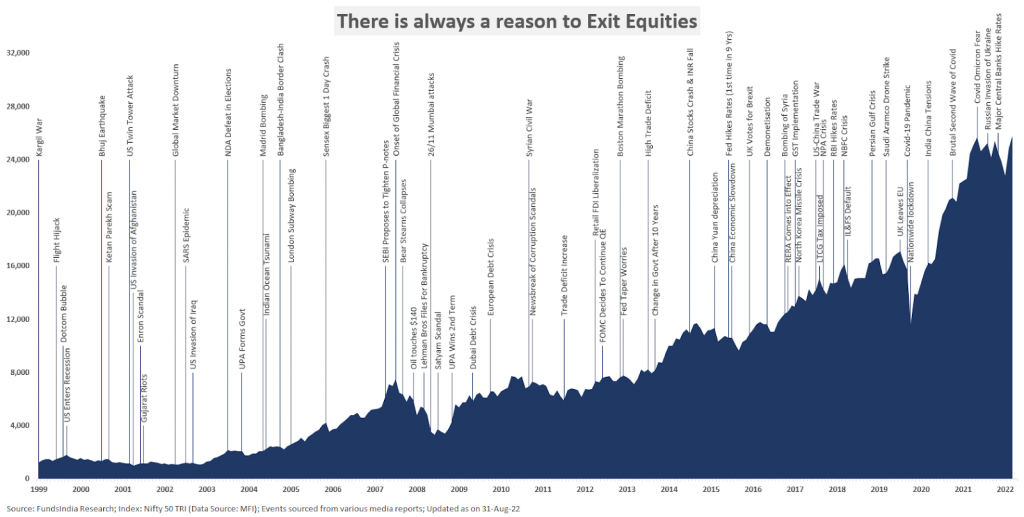
The good news is that you do not need to avoid these phases of uncertainty. Despite all the uncertainty in the last 23 years, the Nifty 50 TRI grew a whopping ~20 times (closely mirroring the underlying earnings growth).
So, what should you do during periods of uncertainty?
If you are investing in good equity mutual funds and have a long time frame (7+ years), all you have to do during phases of market uncertainty is to ‘DO NOTHING’ (majority of the times) and if the equity allocation deviates by more than 5%, rebalance back to your original long term asset allocation.
Other articles you may like

